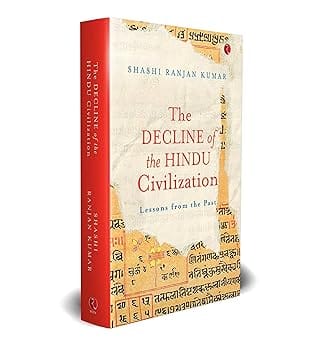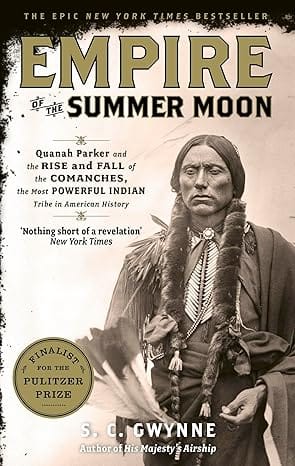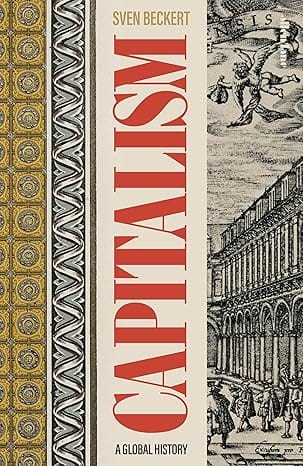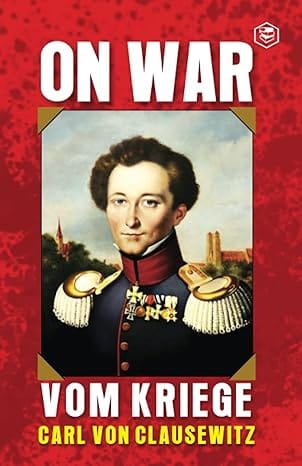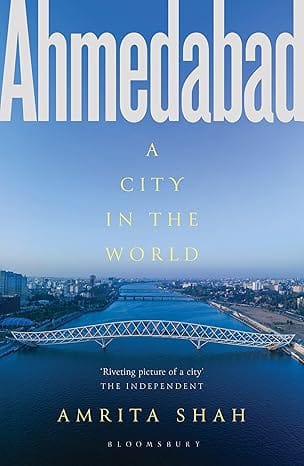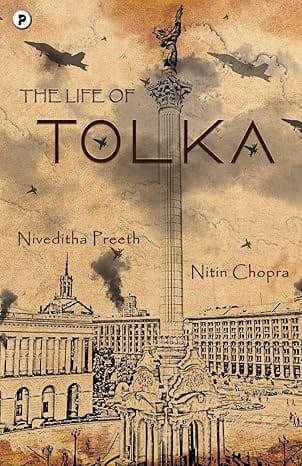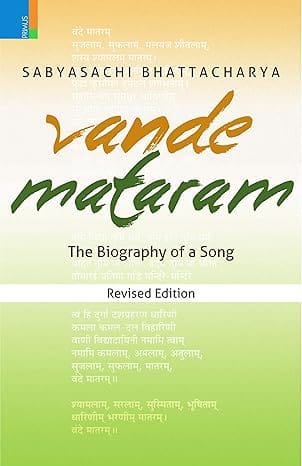WELCOME TO MIDLAND BOOK SHOP!
SHOP FOR
- Non-ficton
- Non-ficton
- Contemporary Fiction
- Contemporary Fiction
- Children
- Children
- Comics & Graphic Novels
- Comics & Graphic Novels
- Non-Fiction
- Non-Fiction
- Fiction
- Fiction
Shop No.20, Aurobindo Palace Market, Hauz Khas, Near Church +91 9818282497 | 011 26867121 110016 New Delhi IN
Midland The Book Shop ™
Shop No.20, Aurobindo Palace Market, Hauz Khas, Near Church +91 9818282497 | 011 26867121 New Delhi, IN
+919871604786 https://www.midlandbookshop.com/s/607fe93d7eafcac1f2c73ea4/69426f22d817d650d08637b3/black-yellow-simple-bold-youtube-channel-logo-400-x-100-px--480x480.png" [email protected]9789391125448 61e809fbc92e0b1f689a3a1f A History Of Sriniketan Rabindranath Tagores Pioneering Work In Rural Reconstruction https://www.midlandbookshop.com/s/607fe93d7eafcac1f2c73ea4/61e809fdc92e0b1f689a3a4e/512fyc4azel-_sx339_bo1-204-203-200_.jpg
The idea of doing something to redeem the neglected village came to Rabindranath Tagore when he first went to live in his family’s agricultural estates in East Bengal during the 1890s. As manager of those estates, he got his first exposure to the countryside and its stark miseries. The experience played a seminal role in turning him into a man of action.
The present book, A History of Sriniketan, explores Tagore’s attempt to inspire the deprived sections of rural society to self-reliance and to make them economically independent by setting up a centre for rural reconstruction called Sriniketan as a wing of his Visva-Bharati International University at Santiniketan in 1922.
The idea was pioneering in its times as an endeavour for improving the condition of the peasantry by using scientific methods of cultivation through laboratory experiments where the expert and the peasant collectively participated. To achieve all this, he sent his eldest son, Rathindranath Tagore, to the USA, for studying agriculture. He also invited Leonard Knight Elmhirst, the internationally known agriculturist, to come and stay in Sriniketan for a year. There was a parallel effort to revive the traditional rural arts and crafts as a means of creativity and economic recovery.
Tagore’s independent thinking gave him the courage of conviction to work alone with his ideas of rural reconstruction outside the Nationalist Movement. He was not one to accept that all improvements had to wait for our country’s political independence.
Historian and Tagore biographer Uma Das Gupta was educated at Presidency College, Calcutta, and the University of Oxford. Her post-doctoral research has been on Rabindranath Tagore and the history of the educational institutions he founded at Santiniketan and Sriniketan, 1901–1941. She retired as Professor, Social Sciences Division, Indian Statistical Institute. She was Head of the United States Educational Foundation in India for the Eastern Region. Recently she has been National Fellow of the Indian Institute of Advanced Study (IAAS), Shimla, and a Delegate of Oxford University Press, India.
Her publications include Rabindranath Tagore: A Biography; The Oxford India Tagore: Selected Essays on Education and Nationalism; A Difficult Friendship: Letters of Rabindranath Tagore and Edward Thompson, 1913-1940; Friendships of ‘largeness and freedom’: Andrews, Tagore, and Gandhi, An Epistolary Account, 1912-1940.9789391125448
The idea of doing something to redeem the neglected village came to Rabindranath Tagore when he first went to live in his family’s agricultural estates in East Bengal during the 1890s. As manager of those estates, he got his first exposure to the countryside and its stark miseries. The experience played a seminal role in turning him into a man of action.
The present book, A History of Sriniketan, explores Tagore’s attempt to inspire the deprived sections of rural society to self-reliance and to make them economically independent by setting up a centre for rural reconstruction called Sriniketan as a wing of his Visva-Bharati International University at Santiniketan in 1922.
The idea was pioneering in its times as an endeavour for improving the condition of the peasantry by using scientific methods of cultivation through laboratory experiments where the expert and the peasant collectively participated. To achieve all this, he sent his eldest son, Rathindranath Tagore, to the USA, for studying agriculture. He also invited Leonard Knight Elmhirst, the internationally known agriculturist, to come and stay in Sriniketan for a year. There was a parallel effort to revive the traditional rural arts and crafts as a means of creativity and economic recovery.
Tagore’s independent thinking gave him the courage of conviction to work alone with his ideas of rural reconstruction outside the Nationalist Movement. He was not one to accept that all improvements had to wait for our country’s political independence.
About the Author
Historian and Tagore biographer Uma Das Gupta was educated at Presidency College, Calcutta, and the University of Oxford. Her post-doctoral research has been on Rabindranath Tagore and the history of the educational institutions he founded at Santiniketan and Sriniketan, 1901–1941. She retired as Professor, Social Sciences Division, Indian Statistical Institute. She was Head of the United States Educational Foundation in India for the Eastern Region. Recently she has been National Fellow of the Indian Institute of Advanced Study (IAAS), Shimla, and a Delegate of Oxford University Press, India.
Her publications include Rabindranath Tagore: A Biography; The Oxford India Tagore: Selected Essays on Education and Nationalism; A Difficult Friendship: Letters of Rabindranath Tagore and Edward Thompson, 1913-1940; Friendships of ‘largeness and freedom’: Andrews, Tagore, and Gandhi, An Epistolary Account, 1912-1940.
out of stock INR 360
1 1
Email ID already exists!
Your Current password is incorrect
Password Updated Successfully
Thanks for your Feedback
A History Of Sriniketan Rabindranath Tagores Pioneering Work In Rural Reconstruction
ISBN: 9789391125448
₹360
₹450 (20% OFF)SIZE GUIDE
Back In Stock Shortly - Fill The Book Request Form
Sold By: Hauz Khas - Aurobindo Market
Details
- ISBN: 9789391125448
- Author: Uma Das Gupta
- Publisher: Niyogi Books
- Pages: 236
- Format: Hardback
Book Description
The idea of doing something to redeem the neglected village came to Rabindranath Tagore when he first went to live in his family’s agricultural estates in East Bengal during the 1890s. As manager of those estates, he got his first exposure to the countryside and its stark miseries. The experience played a seminal role in turning him into a man of action.
The present book, A History of Sriniketan, explores Tagore’s attempt to inspire the deprived sections of rural society to self-reliance and to make them economically independent by setting up a centre for rural reconstruction called Sriniketan as a wing of his Visva-Bharati International University at Santiniketan in 1922.
The idea was pioneering in its times as an endeavour for improving the condition of the peasantry by using scientific methods of cultivation through laboratory experiments where the expert and the peasant collectively participated. To achieve all this, he sent his eldest son, Rathindranath Tagore, to the USA, for studying agriculture. He also invited Leonard Knight Elmhirst, the internationally known agriculturist, to come and stay in Sriniketan for a year. There was a parallel effort to revive the traditional rural arts and crafts as a means of creativity and economic recovery.
Tagore’s independent thinking gave him the courage of conviction to work alone with his ideas of rural reconstruction outside the Nationalist Movement. He was not one to accept that all improvements had to wait for our country’s political independence.
About the Author
Historian and Tagore biographer Uma Das Gupta was educated at Presidency College, Calcutta, and the University of Oxford. Her post-doctoral research has been on Rabindranath Tagore and the history of the educational institutions he founded at Santiniketan and Sriniketan, 1901–1941. She retired as Professor, Social Sciences Division, Indian Statistical Institute. She was Head of the United States Educational Foundation in India for the Eastern Region. Recently she has been National Fellow of the Indian Institute of Advanced Study (IAAS), Shimla, and a Delegate of Oxford University Press, India.
Her publications include Rabindranath Tagore: A Biography; The Oxford India Tagore: Selected Essays on Education and Nationalism; A Difficult Friendship: Letters of Rabindranath Tagore and Edward Thompson, 1913-1940; Friendships of ‘largeness and freedom’: Andrews, Tagore, and Gandhi, An Epistolary Account, 1912-1940.
User reviews
NEWSLETTER
Subscribe to get Email Updates!
Thanks for subscribing.
Your response has been recorded.

India's Iconic & Independent Book Store offering a vast selection of books across a variety of genres Since 1978.
"We Believe In The Power of Books" Our mission is to make books accessible to everyone, and to cultivate a culture of reading and learning. We strive to provide a wide range of books, from classic literature, sci-fi and fantasy, to graphic novels, biographies and self-help books, so that everyone can find something to read.
Whether you’re looking for your next great read, a gift for someone special, or just browsing, Midland is here to make your book-buying experience easy and enjoyable.
We are shipping pan India and across the world.
For Bulk Order / Corporate Gifting
 +91 9818282497 |
+91 9818282497 |  [email protected]
[email protected]
Click To Know More
INFORMATION
QUICK LINKS
ADDRESS
Midland Book Shop - Hauz Khas
Shop No.20, Aurobindo Palace Market, Near Church, New Delhi
Shop No.20, Aurobindo Palace Market, Near Church, New Delhi


